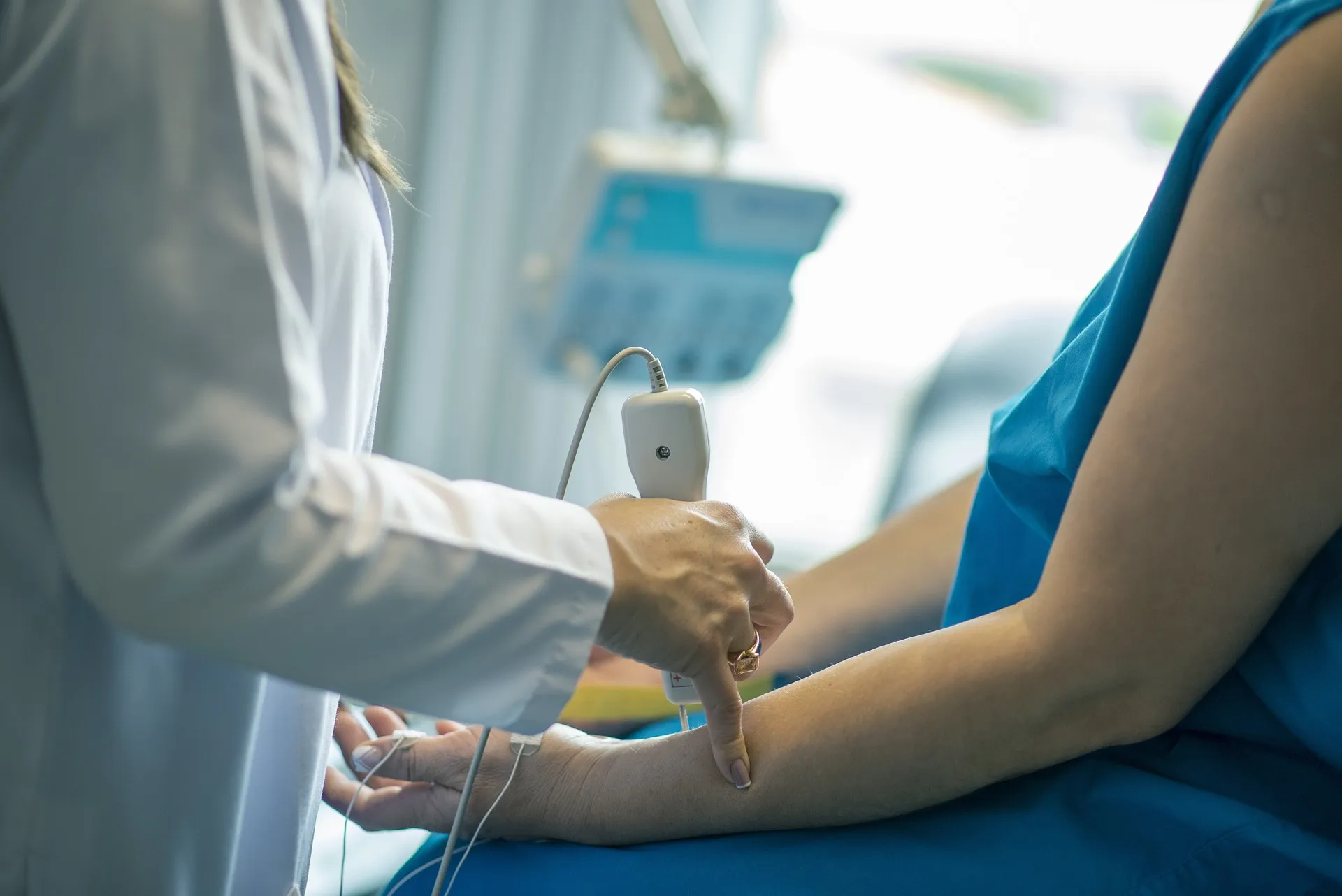
- A medical malpractice payout is designed to cover a range of circumstances where patients have suffered harm due to medical negligence. These payouts are intended to provide compensation and support for the victims of such malpractice. Typically, a medical malpractice payout should encompass situations such as misdiagnosis or delayed diagnosis, where the failure to accurately diagnose a condition or disease has led to prolonged suffering or worsened health outcomes. It should also address cases involving the failure to treat, where a healthcare provider neglects to provide appropriate care or treatment. Surgical malpractice, which includes errors made during surgical procedures, is another critical component, as are birth injuries, which can occur during childbirth due to medical errors or negligence. Additionally, a medical malpractice payout should cover incidents involving defective medical devices, ensuring that patients who have suffered harm from faulty equipment receive the necessary compensation for their injuries and related expenses. In sum, a comprehensive medical malpractice payout should encompass all these facets, aiming to provide financial relief and support to those who have been adversely affected by medical negligence.
What Factors Affect a Medical Malpractice Payout?
In a medical malpractice lawsuit, economic damages are a crucial component of compensation and can encompass several categories. Firstly, medical bills are a primary economic damage, covering all the expenses related to medical treatment, including hospital stays, surgeries, medications, and rehabilitation.
Secondly, lost wages are another essential economic damage element. This category involves the income you may have lost due to your injury or medical condition, such as missed workdays or reduced work hours during recovery.
Thirdly, lost future earnings are also considered in cases where the malpractice has left you with a permanent disability or impairment that affects your ability to earn income in the future. This calculation takes into account your potential career trajectory and earning capacity.
Medical equipment and devices, which are necessary for managing your condition or disability resulting from medical malpractice, can also be included in economic damages. This covers the costs of wheelchairs, prosthetics, or any other specialized equipment you may require.
Finally, modifications to your home or car may be considered as economic damages if these alterations are necessary to accommodate your condition, such as adding wheelchair ramps or making your vehicle accessible.
Overall, economic damages in a medical malpractice lawsuit aim to provide compensation for the tangible financial losses and expenses incurred as a result of the malpractice, including both immediate and long-term financial impacts.
Who Pays in a Medical Malpractice Lawsuit?
In a medical malpractice lawsuit, several parties may be responsible for paying damages if they are found liable for the malpractice. These parties can include:
Insurance Companies: Medical professionals often have malpractice insurance to protect themselves in case of lawsuits. If a healthcare provider is found liable for malpractice, their insurance company typically covers the costs of the damages, up to the policy limit.
Hospitals: Hospitals can also be held liable for medical malpractice, especially in cases where the negligence occurred within the hospital premises or involved hospital employees. Hospitals often have their own insurance to cover such situations.
Physicians: Individual healthcare providers, such as doctors or surgeons, may be held personally responsible for malpractice if their actions directly contributed to the patient’s harm. In such cases, the physician’s insurance or personal assets may be used to pay the damages.
Ultimately, the specific parties responsible for paying in a medical malpractice lawsuit depend on the circumstances of the case and who was directly involved in the negligent actions that led to the patient’s injuries. It’s common for multiple parties, including insurance companies, hospitals, and individual healthcare providers, to be involved in the resolution and payment of damages in medical malpractice cases.
* The articles provided on the Stalwart Law website are for informational purposes only and are not intended to be used as professional legal advice or as a substitute for legal consultation with a qualified attorney.
